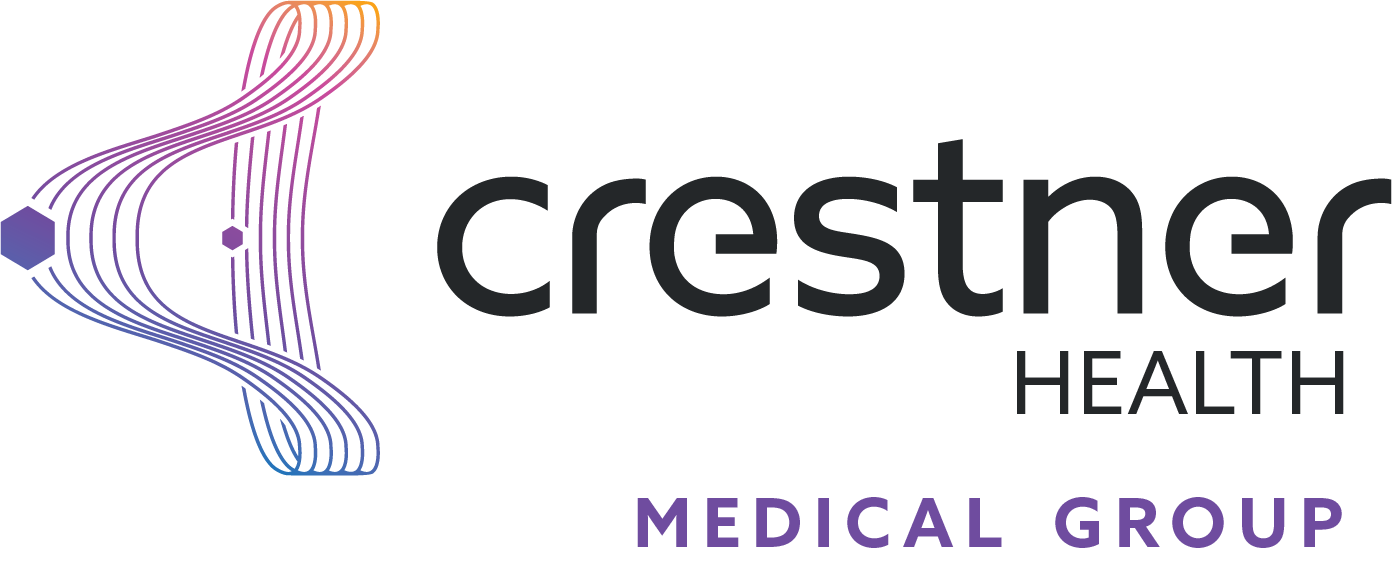Leukemia
Leukemia is cancer of white blood cells. This cancer starts in the bone marrow where blood cells develop. As leukemia cells grow and multiply, they take over the blood and crowd out normal blood cells. There are five main types of leukemia:
- Acute lymphoblastic leukemia (ALL) is the most common type in children. It grows quickly and needs immediate treatment.
- Acute myeloid leukemia (AML) starts from a different type of white blood cells. It is common in adults, grows quickly, and needs prompt treatment.
- Chronic lymphocytic leukemia (CLL) is common in adults as well. CLL can grow either slowly or quickly. Slow-growing CLL does not crowd out other developing blood cells in bone marrow and may not need treatment for years.
- Chronic myeloid leukemia (CML) is a slow-growing leukemia common in adults.
- Hairy cell leukemia (HCL) affects adults but is less common than other types of leukemia.
Symptoms of leukemia
You can have leukemia before you have symptoms, sometimes for years. When symptoms develop, they are due to abnormal levels of blood cells. Here’s what can happen when leukemia starts affecting the different types of blood cells:
- Abnormal white blood cells or low levels of healthy white blood cells can make it hard for your body to fight off infections. Symptoms can include fevers, chills, frequent infections, and swollen glands.
- Low levels of red blood cells – or anemia – can cause symptoms including weakness and tiredness.
- Low levels of platelets can cause easy bleeding, bruising, and tiny red spots under the skin.
- Other general signs and symptoms of leukemia include night sweats, headaches, joint and bone pain, weight loss, loss of appetite, and swollen or bleeding gums.
Causes of leukemia
Genetic (DNA) defects can trigger abnormal blood cell growth and leukemia. A non-inherited genetic defect called the Philadelphia chromosome causes CML. However, health experts do not fully understand why some people get this and other defects that cause leukemia. Anyone can get leukemia, but certain factors increase the risk, including:
- Being born with certain genetic conditions, including Down syndrome
- Being male, white, and older than 55
- Exposure to the chemical benzene, which is found in chemical plants and gasoline industries
- Radiation exposure
- Smoking
- Taking drugs for cancer treatment (chemotherapy)
Treatment and prevention of leukemia
Treatment options depend on the type and stage of leukemia. The main treatment for most types of leukemia is chemotherapy. Other options include radiation therapy, surgery, biological therapy, targeted cancer therapies, and stem cell transplant.
Prevention strategies for any cancer involve changing risk factors that are under your control. For leukemia, this includes stopping smoking and following workplace safety measures if you work with benzene or other harmful chemicals, or radiation.






